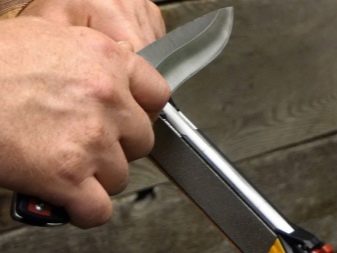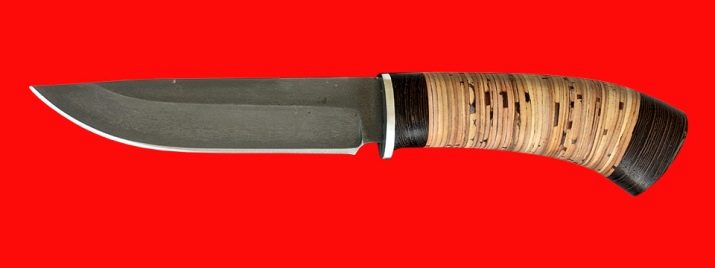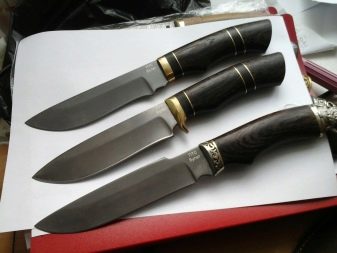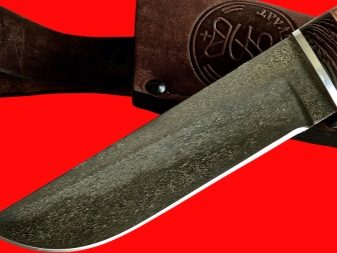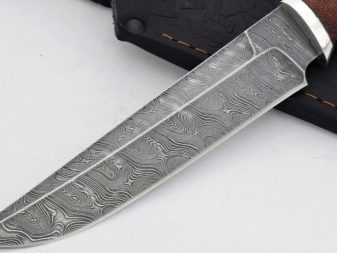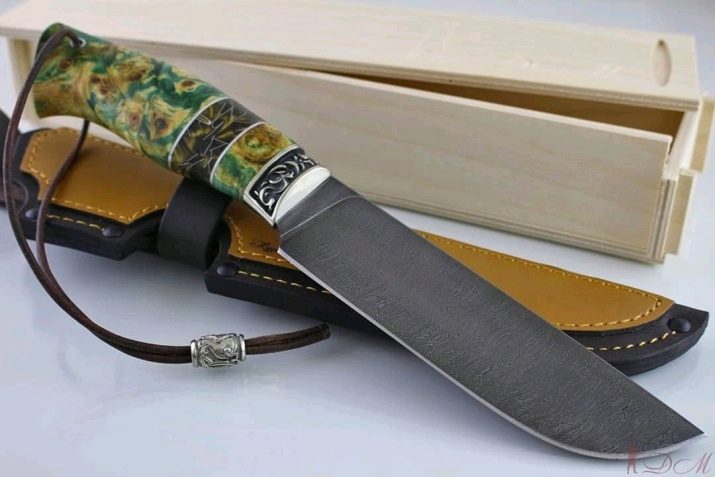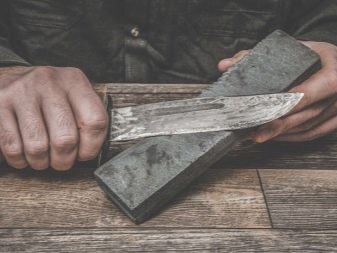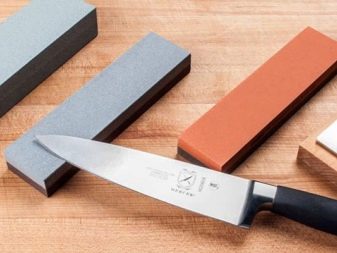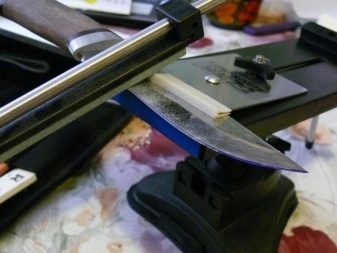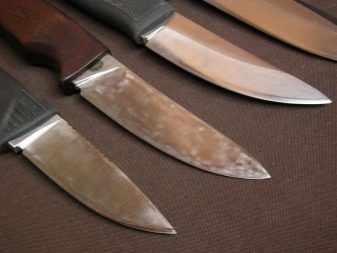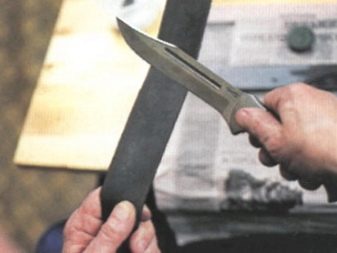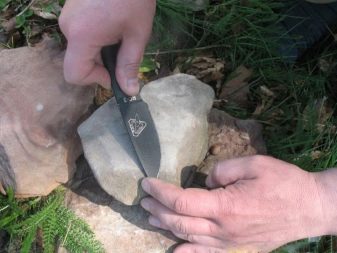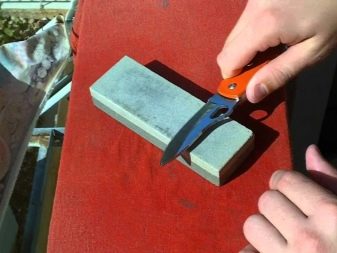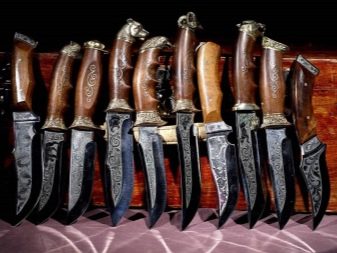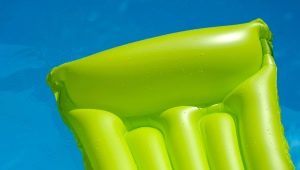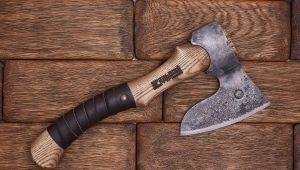Features sharpening hunting knives
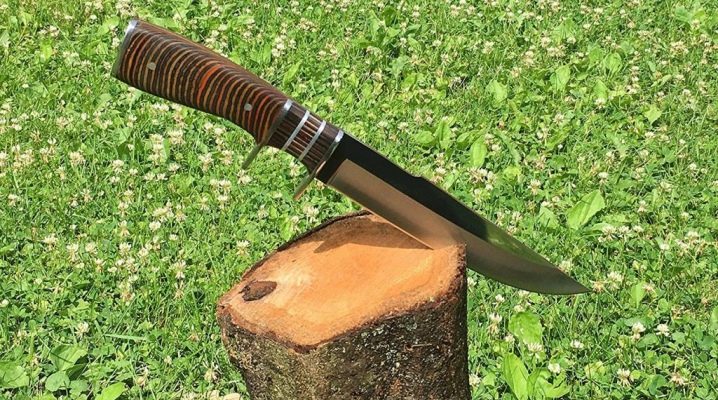
A hunting knife is not just a tool for solving everyday tasks and sanding. It is an eternal companion and a source of pride for every hunter. The knife must always be clean and sharp. With a new knife, the sharpening angle is optimal, the tool can last for quite a while, but it deteriorates over time: microcracks appear, sometimes even notches, besides, it can simply stop being sharp. Only sharpening can cope with this problem.
About steel and properties
An experienced holder of such a knife will never use it for other purposes, to avoid damage and complete failure. The knife must always be clean. Do not allow the blade to come into contact with aggressive media: it promotes oxidation. All these simple precautions will help save the knife and keep the sharpening for a long time.
It is important to consider the type of steel from which the knife is made. As a rule, soft and hard marks are used. Soft varieties have become easy to process, but do not keep sharpening for a long time. Solid brands have exactly the opposite properties: they are not so easily sharpened, but they remain sharp for quite a long time.
Basically, hunting knives are made from solid types of high carbon steel. The greater the percentage of the latter in the composition, the harder the steel.
To make the properties necessary for a hunting knife, alloying varieties with chromium, molybdenum and other inclusions are used. Such metals give the blade corrosion resistance, wear resistance and the necessary margin of safety.
Bulat is a cast high-strength steel, which has durability, high strength and non-uniform composition, resembles high carbon steels. Bulat variety differs from the ordinary outstanding characteristics: patterns appear on the surface. The darker the background and the lighter the lines of the pattern, the more expensive the blade.
Damask steel is high carbon and stainless. It depends on whether there are dopants in it or not and in what quantity. If there is a large amount of chromium in the alloy, damask is called stainless. Good for sharpening. Damask is sharpened with an abrasive moistened with water only, changing the grain size from large to smaller. Steel is very hard, so the process will take a long time.
Damascus steel deserves special attention. The blade of this type of material is a multilayer alloy of soft and hard steel. Damascus is forged from thin plates of different in its characteristics metal. This is what gives Damascus steel its properties and contributes to the manifestation of patterns.
It is not recommended to wash the knife with chemical detergents to avoid a chemical reaction. Damascus badly resists corrosion, so it is important after use to wipe dry with a cloth. During long-term storage, it is desirable to lubricate the blade with oil.
This blade is sharpened by hand and, most importantly, smooth movements along the abrasive, and not across. Only in this way can the layers of steel bend over each other. The angle of sharpening Damascus steel is 45 degrees.
How to sharpen a knife?
Before starting the process, examine a sharp instrument: what material it is made of and how it is sharpened. The way the blade is processed depends on this. Usually hunting knives have a sharpening angle of 15 to 30 degrees. Consider the methods of tapering on the universal knife double-sided sharpening with a cutting edge angle of 20 degrees.
At home, this process usually does not imply the availability of special tools, devices and devices. Most often, sharpening is done abrasive stone with fine-grained or medium-grained surface. The bar of abrasive should be long and wide. This is likely to be found in every kitchen, but if it is not there, then you can buy one at a household or in a tool shop.
Abrasive
With this method of sharpening is required:
- place the abrasive with a medium-grained surface on a table or other flat surface, rest it or fix it, if possible;
- moisten the bar with vegetable oil;
- holding the blade with both hands, hold it along the bar at the required angle several times in one direction, and after the same time in the opposite direction (to avoid uneven processing);
- repeat the movement and control the state of the cutting edge: in its place should form a flat strip, equal on both sides;
- replace the bar with a fine-grained abrasive (no lubrication required);
- move without pressure several times along the bar;
- final finishing can be performed on the back of a taut leather belt, making up to a dozen movements on each side (to achieve maximum sharpness);
- Check the knife for sharpness.
Mechanical sharpener
Mechanical sharpeners are sold in many hardware stores and well-known retail chains. Such a sharpener does not take up much space and does not require special skills. Represents the case with the grinding abrasives located inside under a necessary corner. In the case there are slots through which the blade will contact the grindstone.
The sharpening process is not a big deal: the blade is inserted into the slot, several translational movements are performed. Then the knife is checked for sharpness.. This method will help to quickly maintain the condition of the knife in an acceptable condition, but in efficiency can not be compared with manual sharpening.
Such tools are presented in a wide range and have different prices. Sharpener with high-quality abrasive, convenient device and compact size does not take up much space and save time. You can also find on sale pocket sharpeners for use in hikes or electric versions, but they will cost a bit more.
Musat
The device is a steel or ceramic rod with a convenient handle that resembles a file. Musat is used not for sharpening, but for straightening and finishing blades (translational movements). Musat will fit in the kitchen box, but it is not recommended to store it with knives.
Mode of application:
- musat vertically rests on the table or board, selects the desired angle of inclination;
- the blade is mounted perpendicular to the musatu;
- the movements are made exclusively from top to bottom in this way: the base of the musat and the knife are in contact at the top, and the bottom must touch the end of the musat and the tip of the cutting edge of the blade;
- then the sharpening side changes.
It is important to prevent the blade from slipping and hitting the abutting surface so as not to dull the knife even more. Without certain experience, it will be difficult to achieve perfect sharpness of the blade. If such editing did not bring the desired result, you should sharpen the blade manually.
Improvised means
There are other ways to sharpen the blades. Some of them can be useful not only at home, but also in extreme conditions (hiking, hunting / fishing or banal forays into nature):
- the leather belt is clamped by feet, the blade is held on the back side;
- sharpening a stone that can pass for an abrasive;
- you can give sharpness by sharpening one blade on the other;
- You can sharpen the knife on the rough surface of glass or ceramic.
Results
There are many ways to sharpen a hunting knife at home: a sharpener, a machine tool, a musat.But the most effective is the manual processing of abrasive (wheel). In the process of manual sharpening, you can control the sharpness of each blade section and achieve sharpening comparable to a razor blade. This will bring the quality of sharpening to professional.
And also the knife requires a certain care. Prevention is the key to long service life and good condition of an expensive product.
To learn how to sharpen a hunting knife, see the following video.
